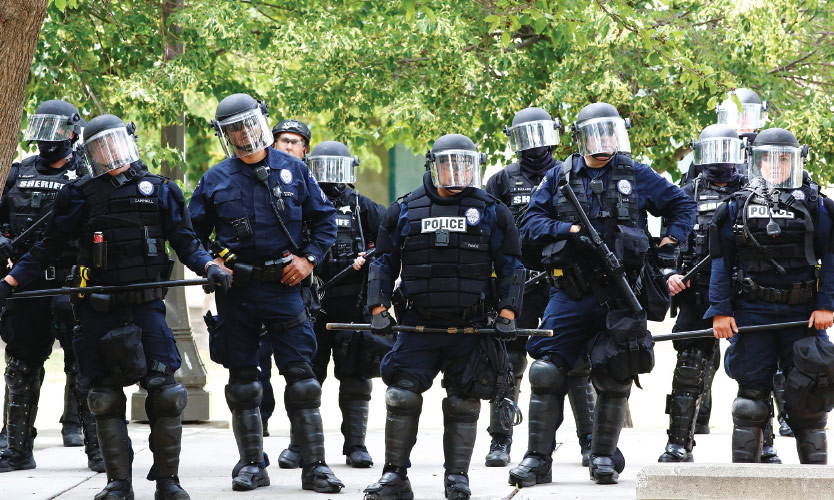Police changing protocols to reduce liability exposures
Reprints
Police departments are updating policies and procedures and addressing issues such as high-speed chases and body camera policies, which should improve their risk profiles, experts say.
But a lingering problem is their ability to recruit good law enforcement candidates, which has been hampered by the negative publicity associated with police treatment of unarmed suspects, including George Floyd in 2020.
Police departments are introducing measures including training in the use of body cams and traffic stop protocols, and having their policies and procedures reviewed by legal departments every two years, said Thanh Hoang, Concord, California-based senior vice president and public entity risk solutions underwriter with Munich Re Specialty Insurance.
Robert Marinelli, risk control manager for Avon, Connecticut-based Trident Public Risk Solutions, a unit of Paragon Insurance Holdings LLC, said police departments “seem willing to look at their deficiencies” and to address local issues, including high-speed chases and the use of tasers.
“We’re seeing a lot more departments moving toward social media to provide swift and concise information” related to high-profile incidents, showing camera footage to the public, and explaining the next steps they plan to take in conducting their investigations, he said.
“That goes a long way when the time comes to avoiding” liability, he said.
Efforts to address the use of force include having social service workers work alongside police department personnel to de-escalate some situations, said Sandra McFarland, New York-based senior vice president in Marsh LLC’s U.S. public entity casualty placement practice.
Mark Dillard, president of Richardson-based Public Risk Underwriters of Texas, a managing general agency for QBE North America, said the “old guard” of police officers is being replaced by younger people, who have a better sense of their reputations, and are willing to adopt what are considered today’s best practices.
But recruitment is an issue. Jose Peralta, Washington-based managing director of the U.S. public sector at Aon PLC, said hiring was already difficult, and bad publicity associated with recent incidents constrains the number of candidates interested in applying.
Read Next
-

Police liability market still tough for buyers
Two years after the murder of George Floyd by a police officer and the nationwide turmoil the killing sparked, the law enforcement liability insurance market, which was already hardening, remains challenged, and many experts say it is unlikely to dramatically change any time soon.